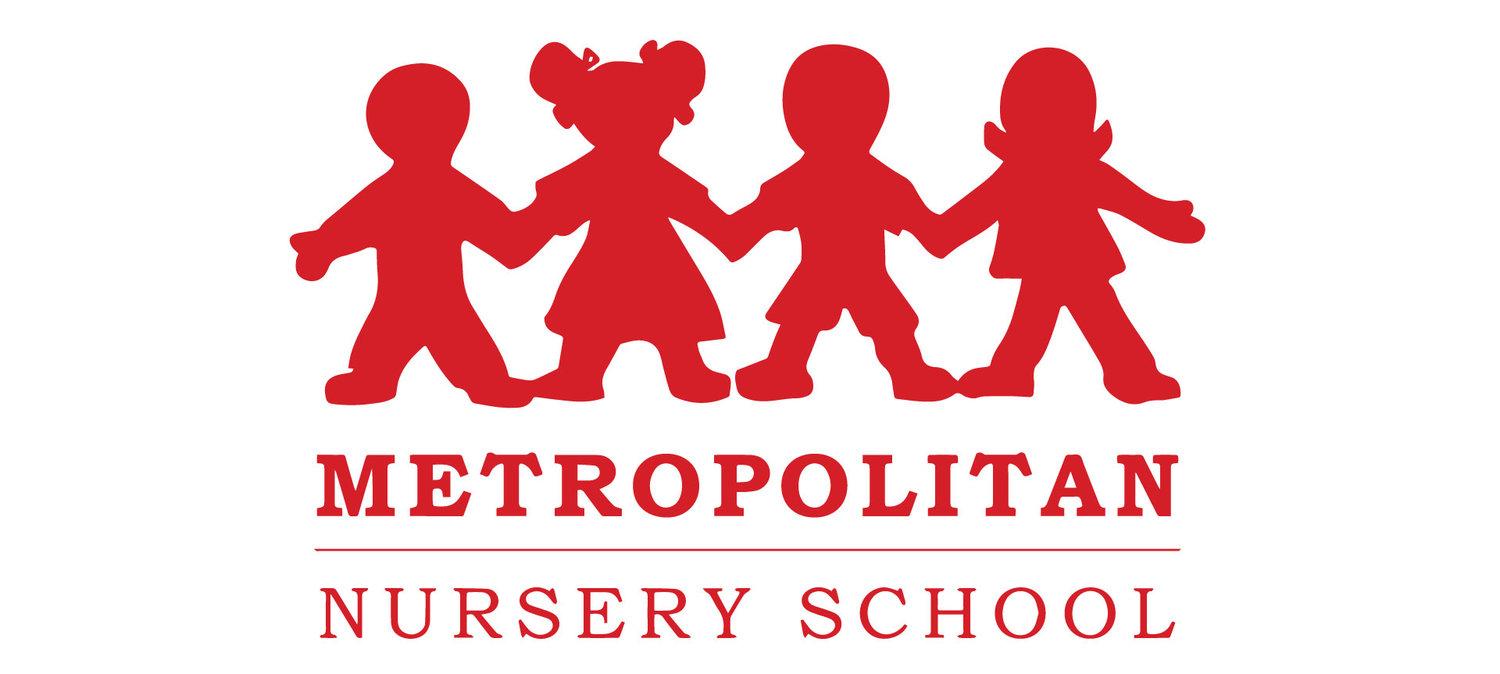There are some things in life that just aren’t meant for the preschool age, and yet, they permeate our culture in a way that they can not be avoided. Halloween is a perfect example. You can’t escape Halloween, with scary store displays and house decorations and children’s costumes that are more violent in theme than maybe they should be. But, there are ways to approach Halloween that may make the holiday more appropriate for this younger age group:
Don’t be surprised if they just aren’t that into it. Being able to have rich pretend play develops between 3 and 4, so preschoolers may have a hard time determining what is real and pretend. Even a friendly costume may be scary to a child that is not fully able to tell real from pretend. Pretend play is a developed skill and recognizing what is real and what is pretend is something we can actually teach our children. There are many books written just for this purpose.
Prepare them for experiences. There are lots of great read-aloud books about Halloween. You can also describe for your youngest children what trick-or-treating will look like and what kind of costumes they may see. While they may have already been around for a few Halloweens at this point, they likely do not recall what last year was like (those long-term memories don’t really start forming until around 4 years old), so assume this will be like their first Halloween again.
Practice, practice, practice. Look for events that are designed for the younger crowd (like Trunk or Treat) so they can practice putting on their costumes with other people in less scary environments. Let them wear their costume at other times and have them practice saying “trick or treat” and “thank you” just like you do with “please”. At school we try to practice some of the activities that we know they will do in elementary school—in our own preschool kind of way.
Focus on stuff that makes sense to them. You can focus on the costumes and activities that are familiar to them. At this age, they know what blood is, so you can mention that and talk about real and fake. They probably don’t know what a vampire or ghost is—and there are too many other concepts that won’t make as much sense to them if you try to explain because there are too many underlying concepts that they haven’t learned yet to be able to “get it”. There are lots of stories about monsters and witches, so they may have general ideas about these things, but part of what makes this a tricky holiday for our preschoolers is that there is a lot of stuff happening they may not understand. Please know that generally children ignore things that don’t make much sense to them. They don’t really attach emotion to something they don’t understand, we actually do that for them when we say things like, “ooh, vampire, that’s scary”. You can also switch the focus beyond costumes and pretend to food: a topic all children understand. Use Halloween as a time to talk about healthy eating choices. It’s fun to collect candy, but now is the time to teach “too much of a good thing” and how too much sugar can make our tummies hurt.
Remember the important things for happy, healthy preschoolers: sleep, healthy food, and exercise! Holidays are an easy time to loose track of bed time routines, regular eating habits/rules and keeping our normal activity schedules. It’s never easy to teach your children to enjoy something if they are tired and hungry. Try not to lose track of this, especially since Halloween is just their first exciting holiday in the build-up to Christmas!
